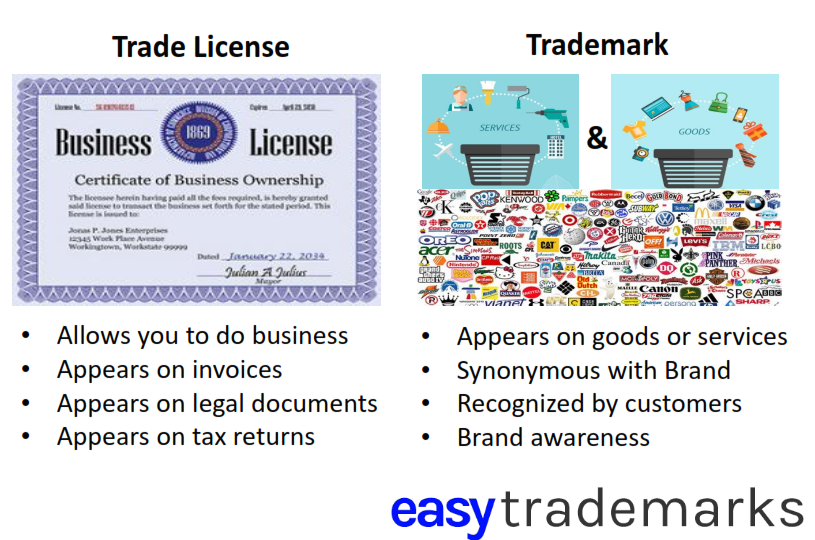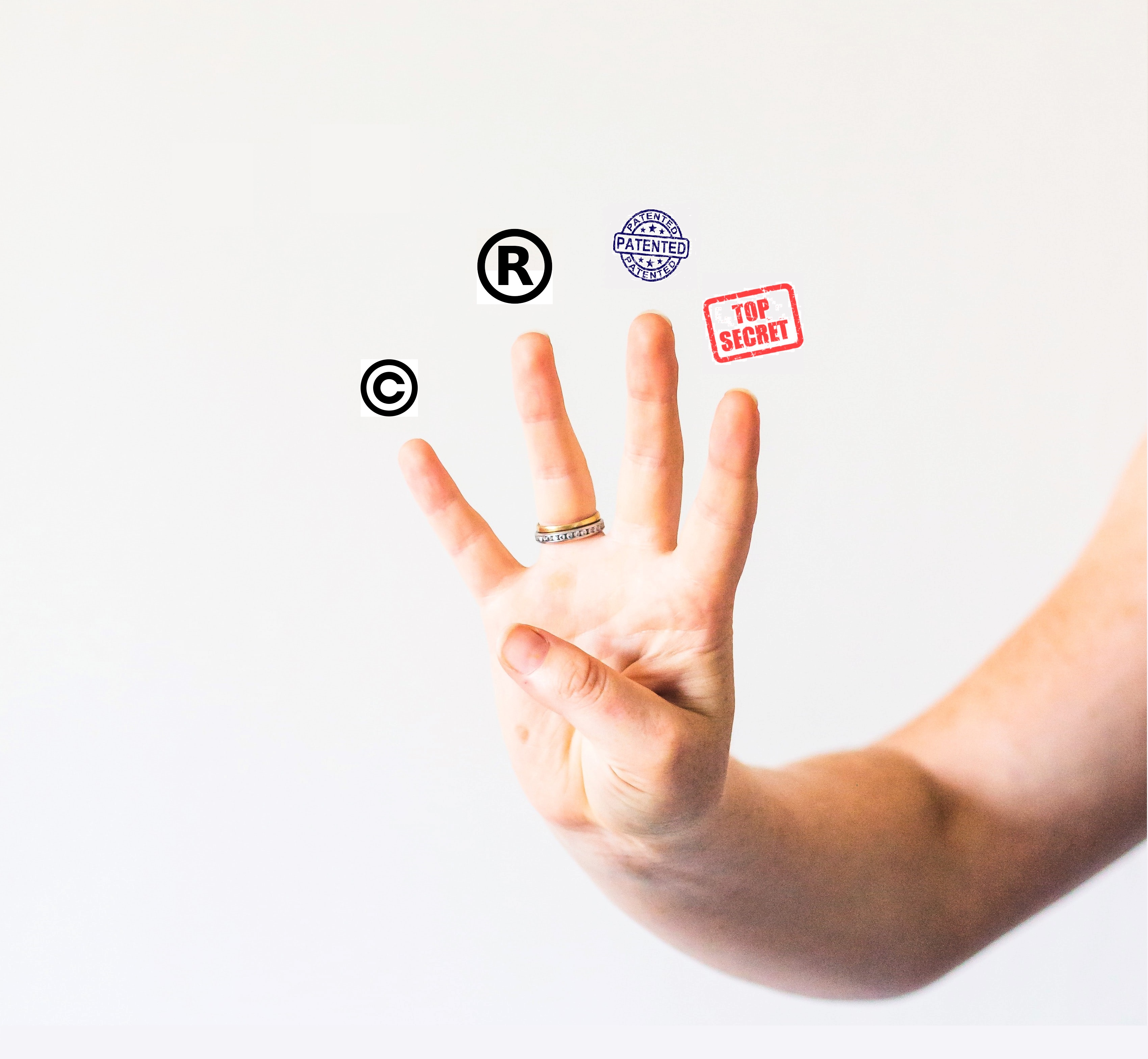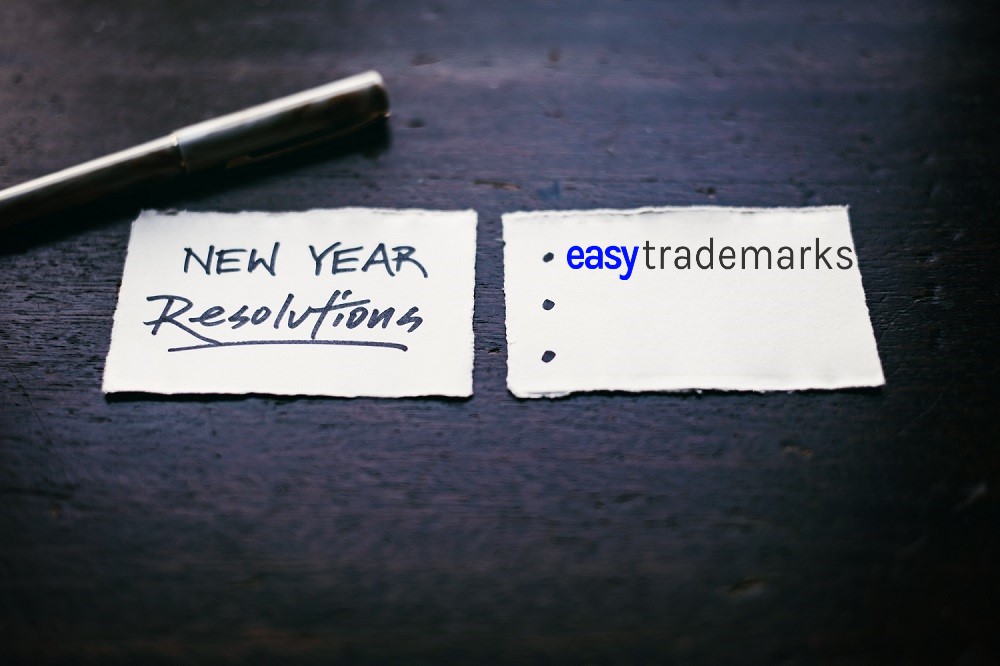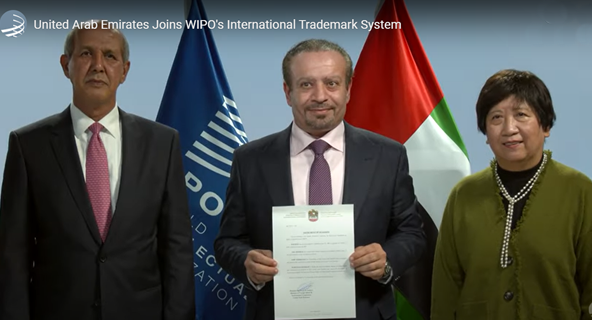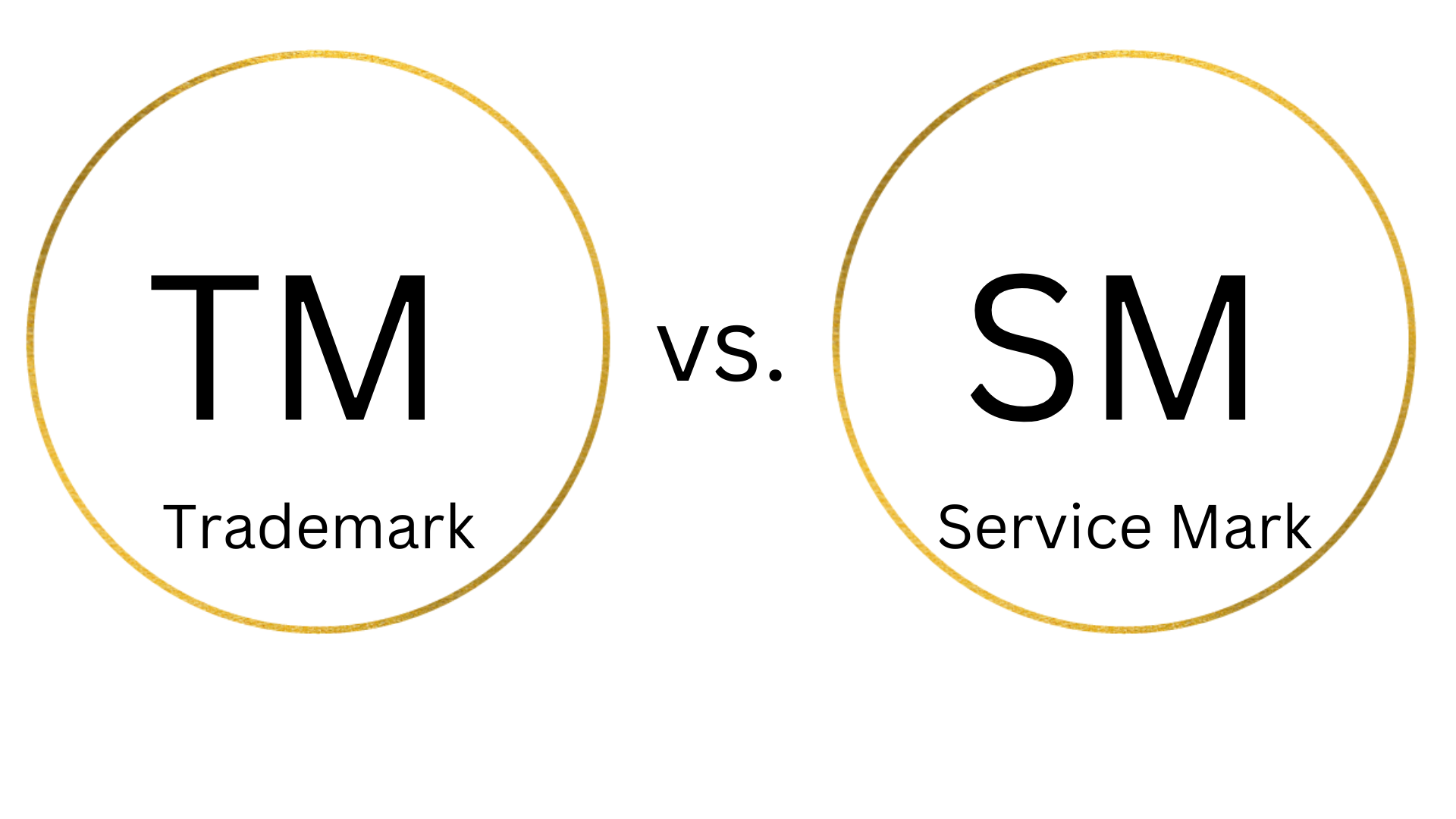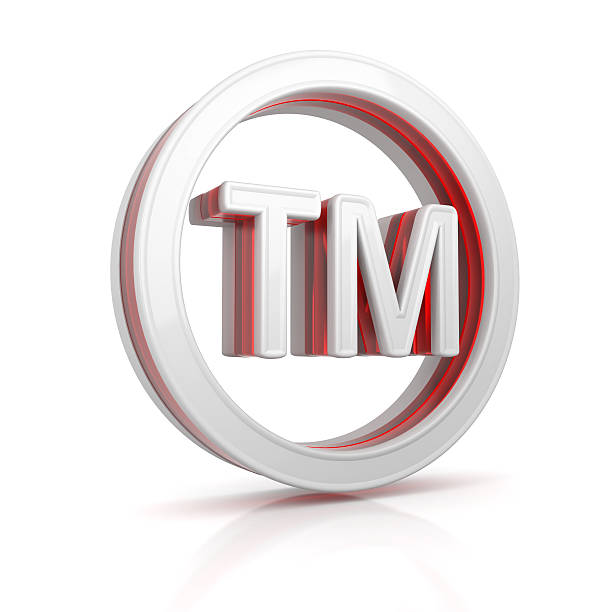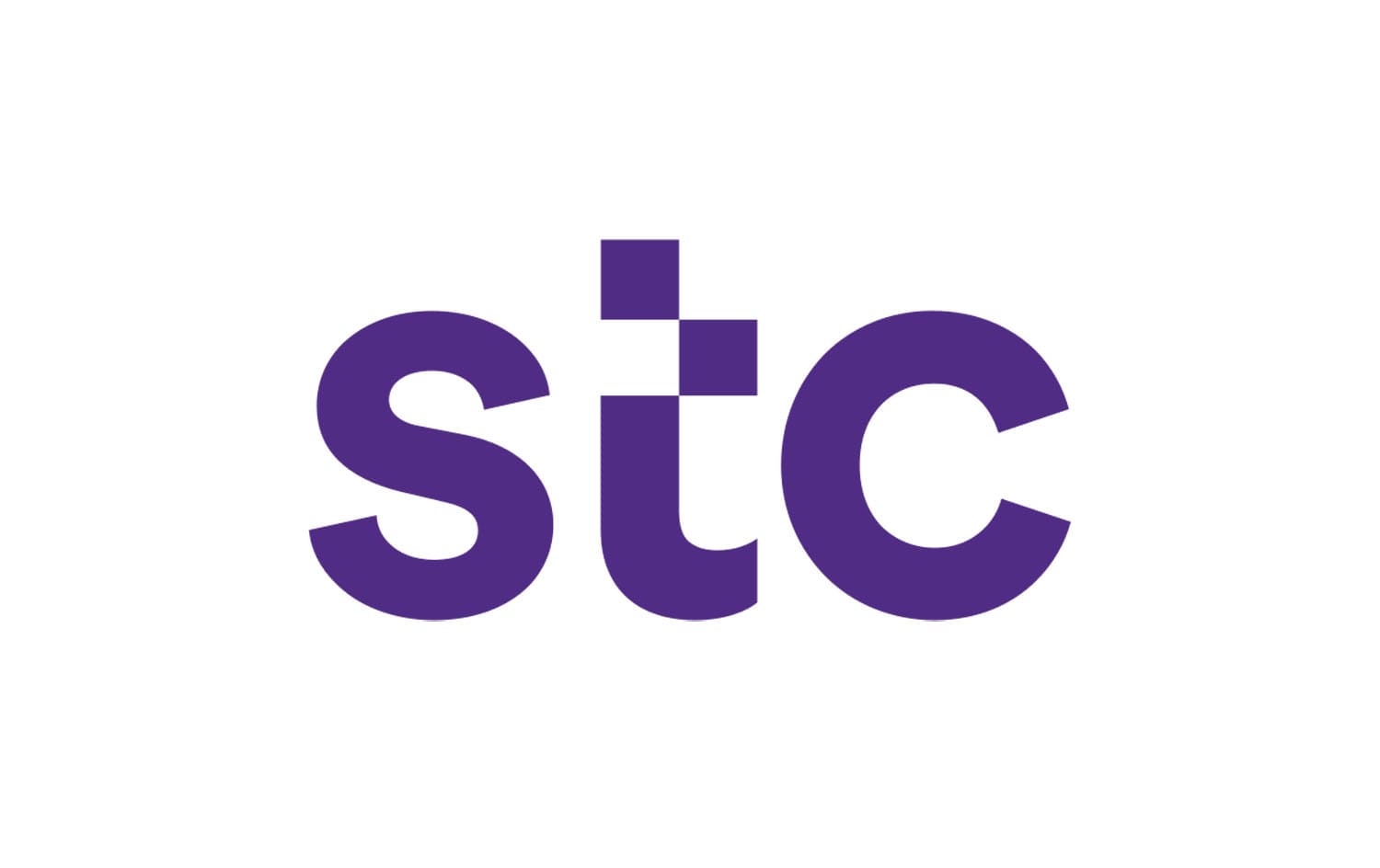How do Federal, State, and International trademarks differ in the USA?
23-05-10
Google, Nike, and Facebook all have easily recognizable trademark symbols that are known worldwide. It is almost unheard of for these marks to be misused. But what about you? How do you protect your business logo, name, or slogan? There are some measures of trademark protection by "common law." But they are hard to enforce locally, statewide, nationally, and internationally. In this article, we will discuss three different trademarks at the state, federal and international levels.
What Is A Trademark?
A trademark is words, symbols, phrases, or designs that distinguish your goods and services from your competitors. This allows you to use your trademark exclusively and prevents other companies from using a mark that is like yours. The United States registers trademarks on a state and federal level. A state trademark is granted by a state office, while a federal trademark is granted by USPTO (United States Patent and Trademark Office). Getting a state trademark registered is relatively easy and inexpensive. However, registering a federal trademark can be very time-consuming and expensive.
In the United States, there are three ways to protect a trademark nationally; Either through federal trademark registration, through state trademark registration, or through an international application (MADRID) designating the United States (US). In this article, we will go over both types of registrations, explain the differences between them, and the pros and cons;
A- Federal Trademarks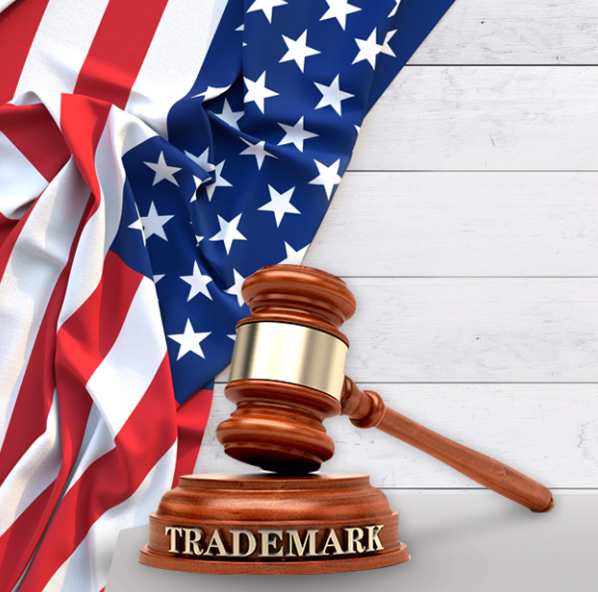
A federal trademark refers to a trademark filed at the United States Patent and Trademark Office (USPTO) covering goods and services in the United States. Such a registration grants federal protection for a trademark representing a commercial or business activity. Although trademarks are primarily symbols and words, the federal trademark can be a color, a smell, a sound, etc. The federal statute that regulates trademark registration in the United States is called the Lanham Act, a federal law regulating trademarks, unfair competition, and service marks.
Law: The Lanham Act defines the procedures involved in federally registering trademarks. It outlines when trademark owners have a right to federal judicial protection against infringement and other guidelines and remedies. The USPTO regulates and oversees the trademark registration and maintenance process. Federal courts create laws controlling, guiding, and resolving disputes over trademark enforceability and ownership.
Scope of protection: A federal registration allows exclusive use of the mark throughout the United States and all its possessions and territories. If a federal registration acquires priority over a state registration with a similar mark, then federal registration takes precedence. If there are any conflicts between federal and state trademarks, the Court is likely to rule in favor of federal registration.
Requirements and Process for Filing Federal Trademarks
A federal trademark is only permissible in interstate and international commerce. Registering a trademark federally involves filling out a form with the owner's name, the mark's type, and a description of its intended use. The current fee depends on the type of goods or services filed. Once the trademark application is complete, an attorney examines it and identifies any issues. The approval process takes months or even years for a federal trademark application to be approved.
Pros and cons of filing federal trademarks in the United States:
- Pros of federal trademark registration in the United States
- Protection in all United States jurisdictions and US possessions and territories.
- Creates a presumption that a trademark registration is valid
- Provides broader scope than state trademarks – a federal trademark protects in all states, while a state trademark can not be transferred to other states.
- Provides third parties with notice of the mark's use
- Allows an infringer to be sued federally
- Aids with international registration
- Prevent counterfeit merchandise from entering the country
- Provides better legal protection than state trademarks
- Cons of federal trademark registration in the United States
- More expensive than state-level protection – Costs anywhere between USD 350 to USD 500. Refer to our user guide on trademark registration in USA for a cost breakdown.
- Much more difficult than receiving trademarks at the state level
- More Time-consuming – the time it takes to register a trademark at the federal level is much longer than the time it takes to get approval on a state trademark.
To Register Or Not To Register
It is up to you to decide how to protect your trademark. There is no requirement to register your trademark. However, registering your trademark determines the extent of your rights as outlined in the Lanham Act.

B- State Trademarks
A state trademark affords businesses and brand owners the right to their trademarks within the borders of one particular state. The protection extended from a state registration can vary from one state to the other, but the model State Trademark Act was created as a means to align State laws with federal laws and try to homogenize and standardize benefits from different State trademark registrations. So, while the scope of trademark protection changes from State to State depending on the local state laws, the Model State Trademark Act discusses the benefits of obtaining a state trademark registration.
Law
Model State Trademark Act promotes uniformity in trademark legislation among states. It also bolsters consistency between state trademark legislation and the federal Lanham Act. The act provides a basis for bringing state laws in line with national regulations on using these marks and their protection.
Scope of protection
A state registration protects a mark within the borders of the state in which it is registered. State trademarks protect their owners from unauthorized use of words, phrases, or symbols. It also offers protection against the elements of your brand identity that are unique and specific to your product or service. If a business has any plans to move to other states or internationally, the State trademark would not be very helpful. If you are planning to register a state trademark, then you should note that you will not be able to use the registered symbol ®. You will either be able to use TM or SM for trademarks and service marks respectively. Refer to this blog for further details on symbols to use https://www.easy-trademarks.com/blog/what-symbol-to-use-for-your-trademark.
Requirements and Process
To register a state trademark, applicants must apply with a trademark drawing. You should expect to pay between $15.00 and $70.00 for filing fees. The states review the application for conflicts in their databases. State trademark applications are much faster than federal trademark registration.
Pros and cons of filing state trademarks in the United States:
- Pros of State trademark registration in the United States
- Affordable
- Easy
- Trademark rights become effective when you use a mark commercially
- Cons of State trademark registration in the United States
- Protection is limited to the particular state
- The ability to sue is limited
To Register Or Not To Register
A state trademark may be a good option if you only do business within the state and do not intend to expand. The state will add your mark to the state database, showing your mark as registered and owned by you. This deters others from using your trademark.
What Is the Difference Between Federal Trademarks and State Trademarks in the United States?
There are four main differences between federal trademarks and state trademarks:
- Scope of protection:
The most obvious difference is the scope of protection whereby a State trademark protects the trademark owner within the state while a federal trademark is nationwide in the United States and its territories.
- Issuing trademark authority:
Federal trademarks are examined and issued by the USPTO, The United States Patent and Trademark Office which is a federal agency for granting U.S. patents and registering trademarks in line with Article I, Section 8, Clause 8 of the Constitution "promote the Progress of Science and useful Arts, by securing for limited Times to Authors and Inventors the exclusive Right to their respective Writings and Discoveries." Refer to the USPTO site for more information.
On the other hand, state trademarks are issued and authorized by the Secretary of State in the state you are seeking protection in.
- Requirements to register:
Federal trademark registration requires the current or intent to use a trademark across state lines or borders (internationally).
- Assumption of validity:
A Federal trademark registration provides the trademark owner (applicant) listed on the trademark registration in the United States with ownership and validity of the trademark registration. While on the other hand, state trademark registrations do not entail a federal examination. If a federal mark exists before then the state trademark is invalid. Therefore, owning a federal trademark registration is backed and holds much more weight in a court of law than state trademarks.
Common Pitfalls Between Federal and State Trademarks in the United States of America
- The assumption that State approval for a trademark is sufficient and automatic for trademark availability (Assumption of validity)
- Premature filing and protection of a trademark
- Using the wrong basis when filing a federal trademark
- Using the wrong symbol to designate a trademark application or trademark registration
- Assuming that a commercial registration (a business name registration is equivalent to a trademark registration)
C- International Trademarks

An international trademark refers to a set of trademark rights across multiple jurisdictions. These rights differ from jurisdiction to jurisdiction and are not interdependent. Although trademark rights differ in recognition and enforcement in different jurisdictions, the filing procedures are the same.
Trademark owners have the option of registering their trademarks in multiple jurisdictions using a uniform application. The application is submitted via a system centralized by the World Intellectual Property Organization (WIPO) International Bureau.
Requirements and Process
There is a system for registering international trademarks called the Madrid Protocol or the Madrid system. Located in Geneva, Switzerland, it is managed by WIPO. The Madrid system gives you the ability to protect a trademark in several countries by applying with your own country. The trademarks in the United States are valid in the Madrid system, and their application or registration applies to countries you designate. The Madrid system simplifies the management of your trademarks and service marks since changes and renewals can be recorded directly rather than making changes in each country.
Pros
- Permit trademark holders to register their trademark in multiple jurisdictions at once.
- Fixed examination periods make the process of examination predictable.
- Can extend to countries not originally included.
- May be renewed in all designated countries with one electronic filing through the Madrid System.
Cons
- Expensive.
- Requires an attorney.
- Seems cheaper but turns out to be more expensive due to a lack of harmonization in local laws;
To Register Or Not To Register
If you sell online, international customers can view your trademarked products. So, registering internationally is a good choice to broaden your reach. Using the international trademark registration process is a good way to do that and to reach multiple countries quickly however, depending on your business and strategy, the type of registration and the jurisdictions to register the trademark in can change. It is best to reach out to a strategic IP consultant or a lawyer.
If you would like a list of other online resources refer to:
- Harvard Introduction to trademark law
- Lanham Act, 15 U.S.C. §§ 1051 et seq.
- U.S. Patent and Trademark Office page on trademarks
- Cornell Law School list of trademark materials
- International Trademark Association guide to trademark basics


